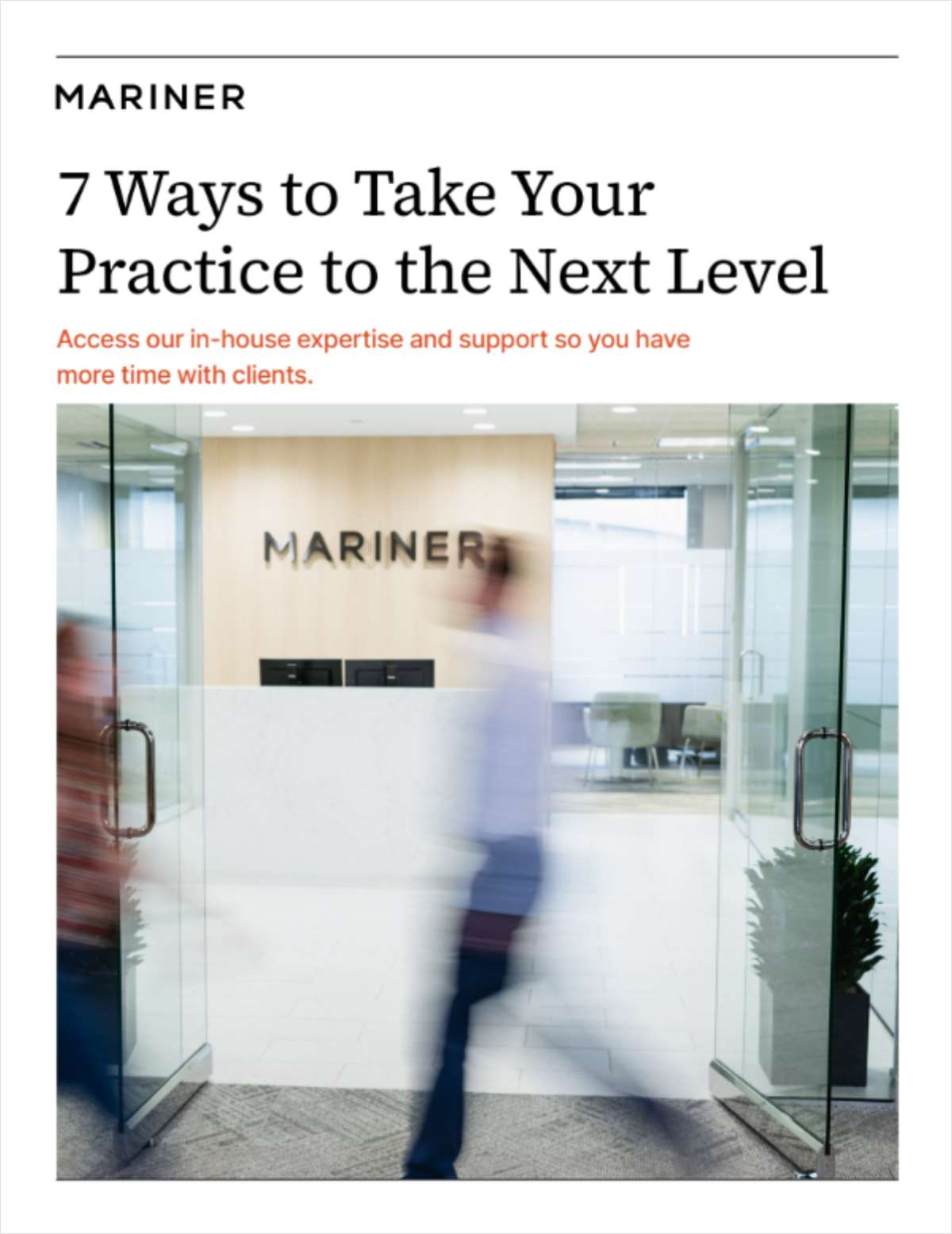
NOT FOR REPRINT
Edward Jones, Seeking Seasoned FAs, Gets a Recruiting Makeover
January 03, 2018 at 07:40 AM
Share & Print
NOT FOR REPRINT
© 2025 ALM Global, LLC, All Rights Reserved. Request academic re-use from www.copyright.com. All other uses, submit a request to [email protected]. For more information visit Asset & Logo Licensing.


